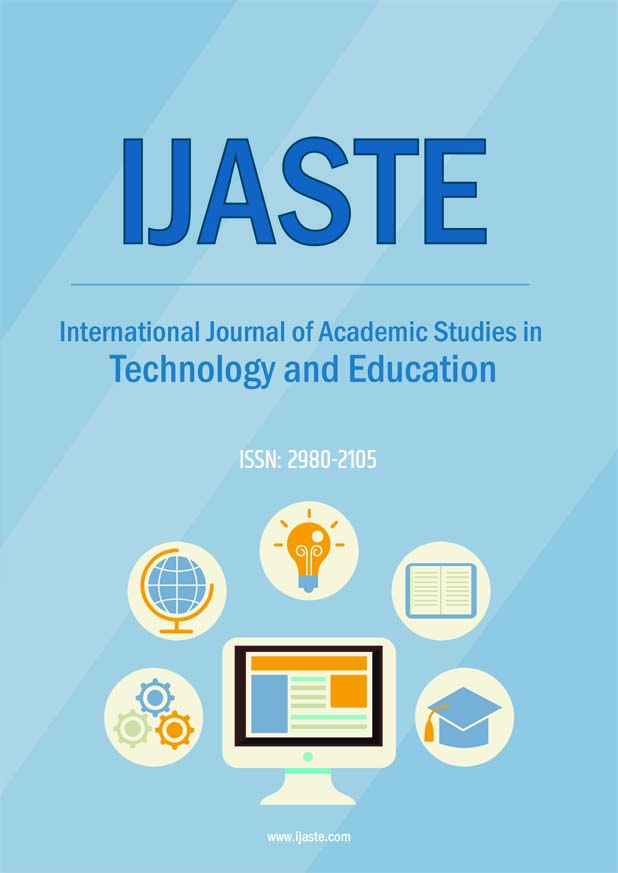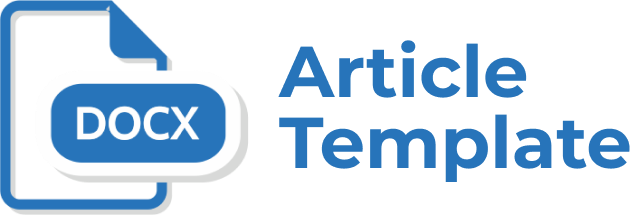Technology Integration in Secondary Mathematics: How Preservice Teachers Select and Use Digital Tools
Abstract
This study explores how preservice secondary mathematics teachers (PSMTs) select and integrate digital tools into their technology portfolios, focusing on high school mathematics courses such as Algebra, Geometry, Calculus, and Probability and Statistics. Guided by the frameworks of Dick and Hollebrands (2011) and Pea (1985, 1987), the study categorizes digital tools as either conveyance tools or mathematical action tools, and further distinguishes their use as amplifiers or reorganizers of mathematical thinking. The findings reveal that PSMTs predominantly use mathematical action tools, such as Desmos, GeoGebra, and Geometers Sketchpad, as amplifiers to enhance efficiency in tasks like graphing and computation. However, the patterns of tool use vary across mathematical domains: in Geometry, tools are more frequently employed as reorganizers to support dynamic conceptual exploration, whereas in Calculus and Algebra, tools are largely used as amplifiers. The minimal use of conveyance tools, such as Microsoft Excel, highlights a gap in the integration of tools that support data sharing and collaboration. These patterns suggest that while PSMTs have a basic grasp of how technology can support instruction, they still need more support and practice to grow their skills and use digital tools in more meaningful and creative ways. The study concludes by advocating for enhanced training in teacher preparation programs that provides structured, hands-on experiences with a range of digital tools and emphasizes their dual potential to support and transform student learning in mathematics.







 International Journal of Academic Studies in Technology and Education (IJASTE)
International Journal of Academic Studies in Technology and Education (IJASTE)